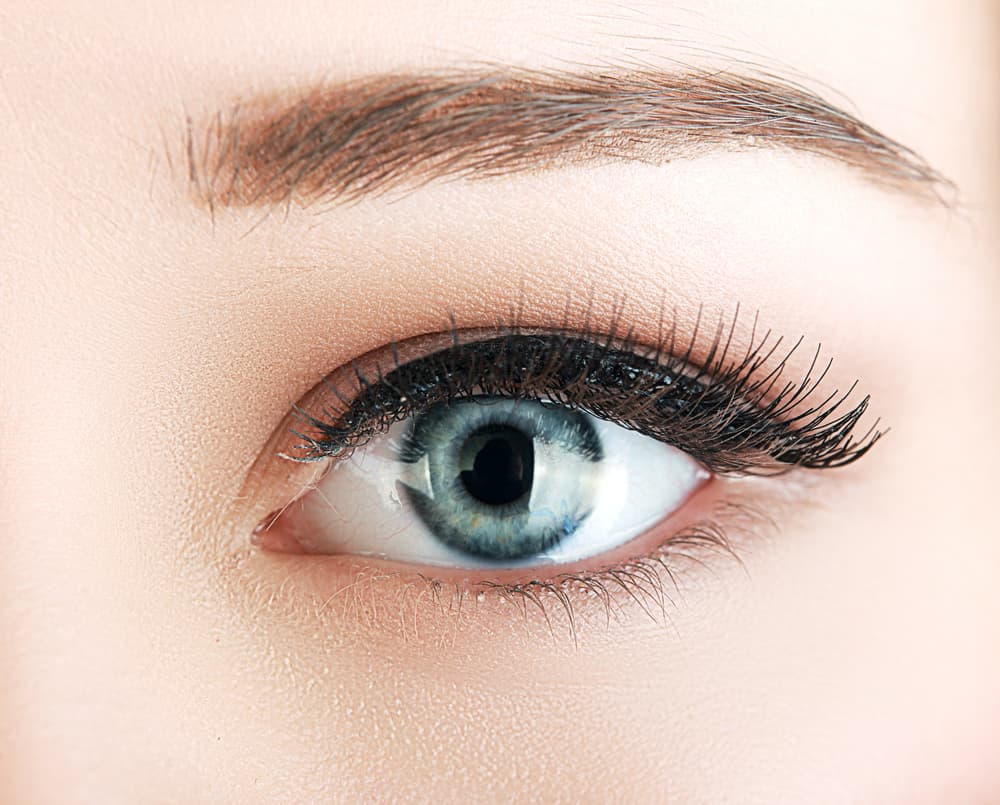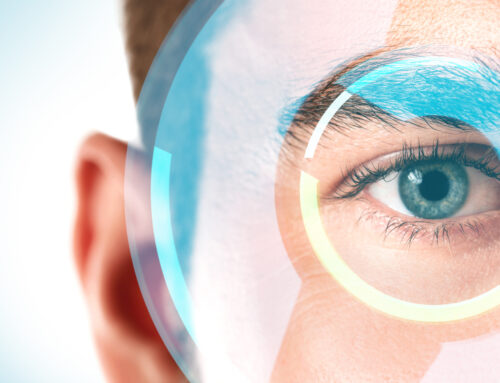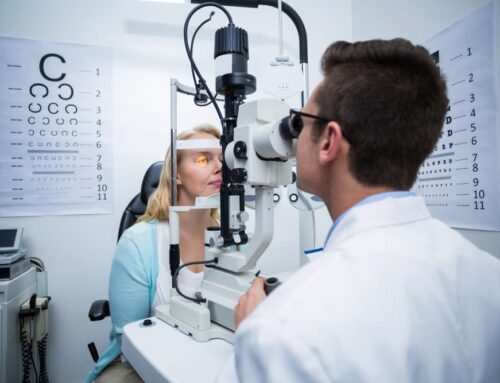Sure, the color of your eyes may affect what color shirt looks the best or which shade of eyeshadow you wear, but there’s a lot more to it than simple aesthetics. Did you know that your eye color can affect your risk factors for certain eye conditions? It is true! Before we answer which colors face which eye condition risks, let’s first back up and discuss why your eye has the color it does. Then, we can go further in detail as to how this affects your health.
Why are Our Eyes Colored?
Most people in the world have brown eyes, between 55 and 79 percent. The next most common colors are blue and gray. Green is the rarest eye color. But why do we have color in our eyes?
The colored part of your eye is the “iris.” The function of the iris is to limit the amount of light that passes through the lens to the retina, which it does through melanin. The color of your iris depends on how much of the pigment melanin you have in it. Melanin is also what gives skin a lighter or darker hue. The more pigment you have, the darker your eyes will be. Very dark browns have the most melanin. Blue, gray, and green eyes are lighter because they have less melanin in the iris.
Besides giving our iris a beautiful color, melanin helps protect them from the sun. Think of dark eyes like built-in sunglasses. Light eyes are much more sensitive to the sun’s harmful rays than darker eyes because they have less pigment. This leads us to our next point.
Which Eye Colors are Associated with Which Eye Condition Risks?
Dark irises protect a person’s eyes from being damaged by ultraviolet radiation and bright sunlight. Scientists think that long ago when all humans lived in hot climates where it was sunny year-round, everyone had brown eyes.
As people moved north, sun damage was less of a problem. Eye color became lighter, making it easier to see better during the cold, dark winters. This explains why those of European descent have the widest variety of eye colors and have the lightest eye colors.
But now, people of all ethnic descents live all over the world. People with light eyes live in hot, sunny climates. As you look around Reno, you’ll see many people with blue and green eyes. While we love the fact that our area is a melting pot, it does lead to an increased risk of certain eye conditions.
Common eye diseases occur less often in people with brown eyes than with gray, green, or blue eyes. Health experts believe this may be because melanin is protective. Both eye cancer and macular degeneration are more prevalent in blue eyes. Light-eyed people have a greater lifetime risk for melanoma of the uvea, which is the middle layer of the eye, than those with dark eyes.
“Clinically speaking, people with blue or light-colored irises do tend to be more light-sensitive,” says Ruth Williams, MD, president of the American Academy of Ophthalmology and an ophthalmologist herself. “People with light iris color need to be diligent in wearing UV-protected sunglasses.”
Melanoma of the uvea is an extremely rare cancer. It affects the eye in about six of every million adults in the United States each year. We encourage you to take notice of changes in the appearance of your eyes that may signal an underlying condition. Any noticeable changes, especially to the whites of your eyes, your pupils, or your corneas, need to be checked out by a doctor.
Annual eye exams done by the expert team at Eye Professionals of Reno will help you stay on top of changes in the blood vessels in the eye that could reflect the effects of cancer, diabetes, high blood pressure, or glaucoma.











